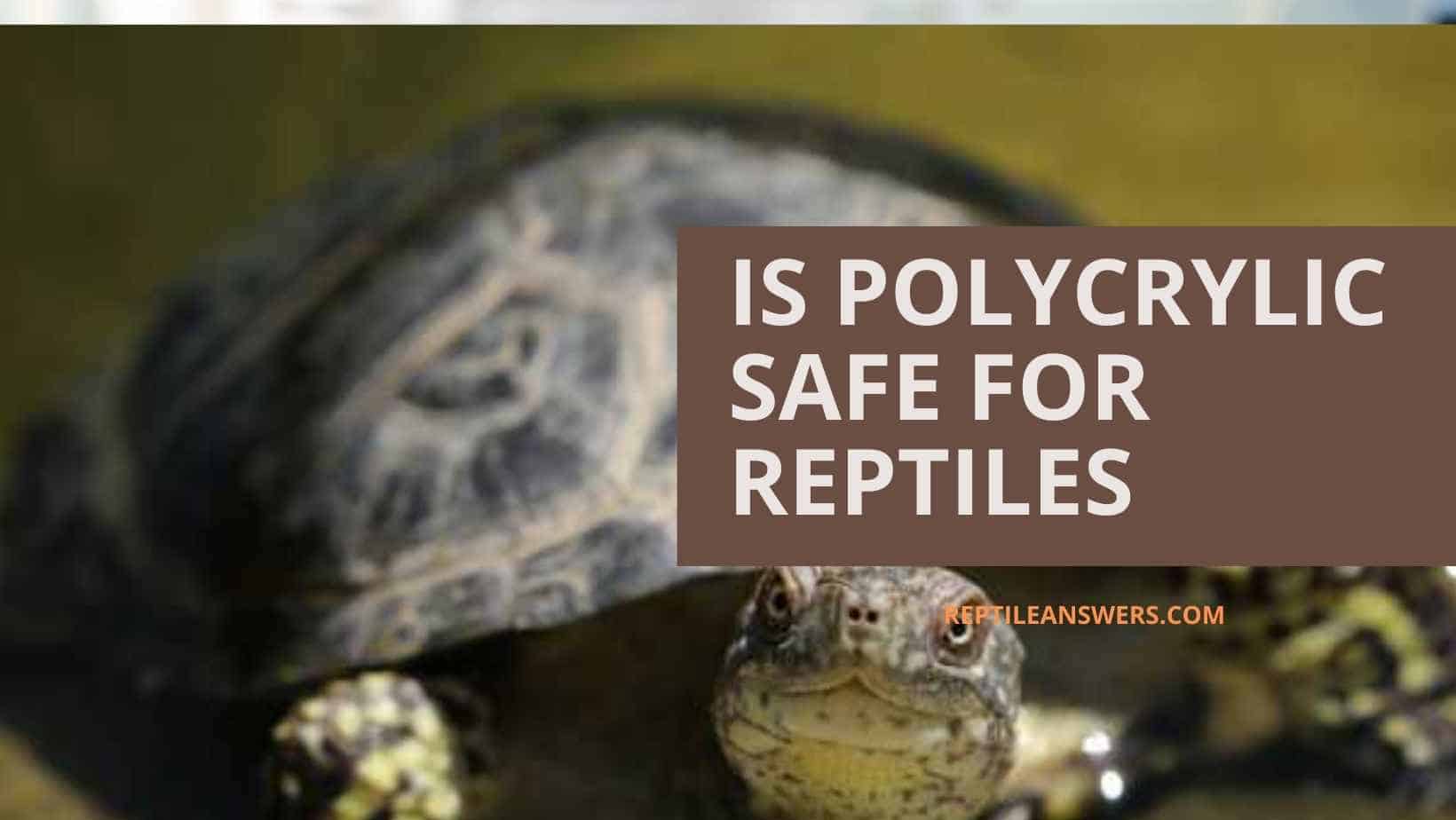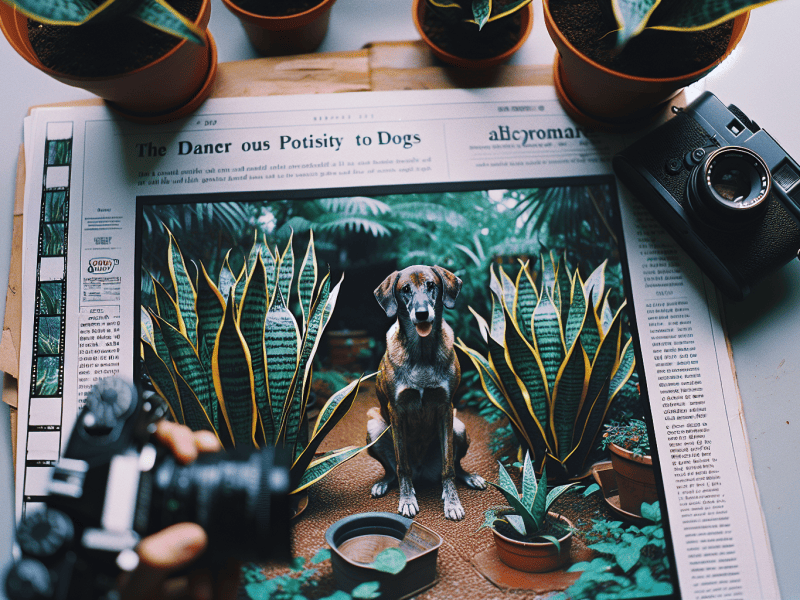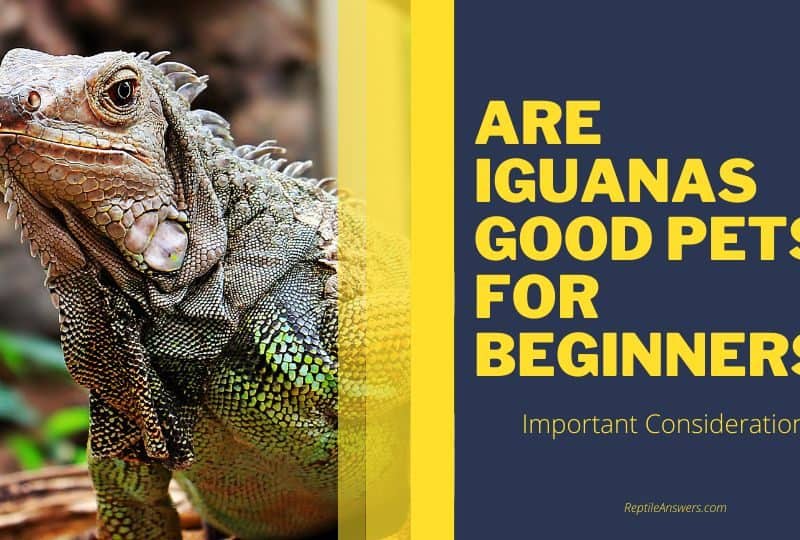If you’re a reptile enthusiast, then you may have wondered if Polycrylic is safe for reptiles. This paint material is often used for crafting and home improvement projects, but it’s important to make sure that it won’t harm your pet. In this blog post, we will explore the truth about Polycrylic and whether or not it’s safe for reptiles!
What is Polycrylic and what are its uses?
Polycrylic is a clear acrylic coating that is often used as a protective finish on wood and metal. It is available in both a spray and liquid form, and it can be applied with a brush, roller, or sprayer. Polycrylic dries quickly and provides a durable and protective layer that is resistant to chipping, cracking, and peeling.
It also helps to resist staining from dirt, grease, and fingerprints. Polycrylic can be used on both interior and exterior surfaces, and it can be top-coated with paint if desired. Polycrylic can be used on a variety of surfaces, including wood, metal, and plastic.
Is Polycrylic safe for reptiles?

As any reptile owner knows, the health and safety of their pet are always a top priority. When it comes to choosing a habitat for your reptile, you want to be sure that you are using materials that will not harm your pet. One material that is often used in reptile habitats is polycrylic. Polycrylic is a water-based product that is safe for reptiles and does not off-gas or release toxins into the air. In addition, polycrylic is easy to clean and maintain, making it an ideal material for reptile habitats. However, it is important to take precautions when applying the product.
How to use Polycrylic safely with reptiles?
When using Polycrylic with reptiles, it is important to take a few precautions.
- First, be sure to use a low-VOC (Volatile Organic Compound) product. Polycrylic is available in both high-and low-VOC varieties, so make sure to choose the right one for your needs.
- Second, always test the product on a small area before applying it to the entire surface. This will help to ensure that the product is safe for your pet and does not cause any adverse reactions.
- Third, be sure to use adequate ventilation when applying Polycrylic. The fumes from the product can be harmful to reptiles, so make sure you are using a well-ventilated area.
- Fourth, be sure to clean up any spills immediately. Polycrylic is a water-based product, so it can be easily cleaned up with soap and water.
- Finally, always keep your pet’s habitat dry. Reptiles are susceptible to diseases caused by moisture buildup, so make sure the habitat is clean and dry.
Cons of Polycrylic
Polycrylic is a popular material for reptile enclosures because it is durable and easy to clean. However, there are some disadvantages to using Polycrylic.
- One downside is that it can be difficult to maintain the optimal temperature in an enclosure made of Polycrylic. This material does not breathe well, so it can trap heat and make it difficult to regulate the temperature.
- Additionally, Polycrylic is a porous material, which means that it can absorb moisture from the air. This can create an overly humid environment for your reptile, which can lead to health problems.
- Finally, Polycrylic is not UV-resistant, so it will eventually break down and need to be replaced if it is exposed to direct sunlight.
Alternatives to using Polycrylic with reptiles
Reptiles are often kept as pets, and their owners must take care to provide them with a suitable environment. One important consideration is the type of substrate or bedding material, that is used. A popular choice is Polycrylic, which is a synthetic resin that is safe for reptiles and easy to clean. However, there is another option that may be worth considering:
1. Herpetofabric
This fabric is specifically designed for use with reptiles, and it has several advantages over Polycrylic. For one thing, it is more absorbent, so it helps to keep the enclosure clean and dry. It also has better drainage properties, which is important for preventing health problems in reptiles.
Moreover, Herpetofabric is a water-resistant and breathable fabric that is safe for reptiles. It is available in a variety of colors and styles, and it can be used for a variety of applications, including habitat construction, bedding, and flooring.
2. Plexiglass
Polycrylic is a type of plastic that is commonly used in the construction of reptile tanks. While it is an inexpensive and lightweight material, Polycrylic is not durable and can be easily scratched or cracked. In addition, Polycrylic does not provide much insulation, so reptile tanks made from this material tend to be quite cold. As an alternative, many breeders use plexiglass.
Plexiglass is a shatter-resistant plastic that is made from acrylic and is safe for reptiles. It is available in a variety of colors and thicknesses, and it can be cut to fit any size or shape.
Plexiglass is a type of clear plastic that is much more durable than Polycrylic. It is also a better insulator, so reptile tanks made from plexiglass are typically warmer than those made from Polycrylic. However, plexiglass is more expensive than Polycrylic and can be difficult to work with.
3. Danish Oil
Danish oil is a type of wood finish that can be used on a variety of surfaces, including reptile enclosures. It is made from a blend of natural oils and resins, and it penetrates deep into the pores of the wood to provide a long-lasting, durable finish. Danish oil is also very easy to apply, and it dries quickly to a soft, satin sheen.
In addition, Danish oil is safe for both humans and animals, making it an ideal choice for use in reptile enclosures. When applying Danish oil to an enclosure, it is important to work in a well-ventilated area and to follow the manufacturer’s instructions carefully. For best results, multiple thin coats should be applied, allowing each coat to dry completely before applying the next.
4. Lacquer
Lacquer is a clear or colored coating that dries hard and is shiny. It can be applied to both wood and metal, and it will help to seal the enclosure and make it more durable. In addition, lacquer is non-toxic and safe for reptiles. When choosing a lacquer for an enclosure, be sure to select one that is specifically designed for reptile use. This will ensure that the lacquer is of the highest quality and will not harm your pet.
With a little bit of care, a lacquered enclosure can provide a safe and sturdy home for your reptile for many years.
So, is Polycrylic safe for reptiles? The answer is yes, but it is important to take precautions when using the product.
Final thoughts on using Polycrylic with reptiles
Polycrylic is a synthetic resin that is safe for reptiles. It can be used as a substrate, or bedding material, in reptile enclosures and is easy to clean. However, there are other options available that may be better suited for your pet. When considering whether or not to use Polycrylic for your reptile enclosure, it is important to weigh the pros and cons of the material.



